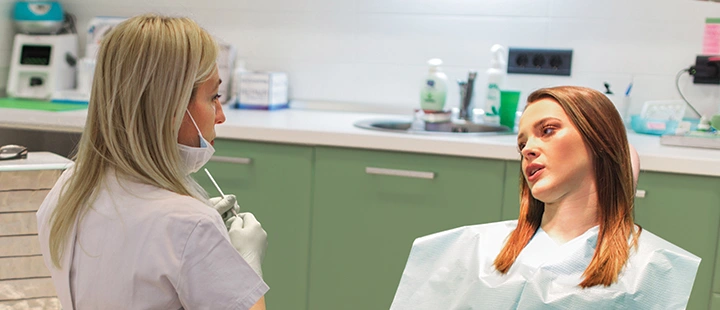Fluorosis
Fluoride is a natural mineral that works to protect tooth enamel by combining with the minerals in our teeth to form stronger, more acid resistant enamel. Fluoride works in two ways – systemically and topically.
Systemic fluoride works when your teeth are developing as a baby and child, and is ingested in food and fluoridated water, as well as in supplements prescribed by your dentist or pediatrician.
Topical fluoride is found in fluoride toothpastes and mouthwashes, working to protect your teeth from the outside.
Despite the benefits of fluoride, overexposure to the mineral as a baby and child can result in fluorosis, which alters the look of the teeth, including causing white spots on teeth and/or mottled teeth.
Fluorosis symptoms
In general teeth will be smooth, glossy and creamy white in appearance. The severity of fluorosis varies widely, from mild to severe, but common fluorosis symptoms include:
White spots on teeth
Black spots on teeth
White streaks on teeth
Discolored teeth
Mottled teeth
Pitted teeth
Fluorosis treatment
In mild cases of fluorosis, no treatment is required. However, in more severe cases there are several fluorosis treatment options aimed at improving the appearance of affected teeth. Fluorosis treatment options include:
Removal of stains through tooth whitening
Adding a hard resin coating to the tooth which bonds with enamel (known as bonding)
Crowns and veneers
How to prevent fluorosis
Check with your doctor or dentist how much fluoride is in your public water supply. Understanding how much fluoride your child is ingesting through drinking water, soft drinks and fruit juices will help you and your dentist to decide whether a fluoride supplement is necessary.
Large amounts of fluoride can cause nausea, diarrhea and abdominal pain when ingested by a child, so always keep fluoride products like toothpaste and mouthwash out of reach.
SHARE


